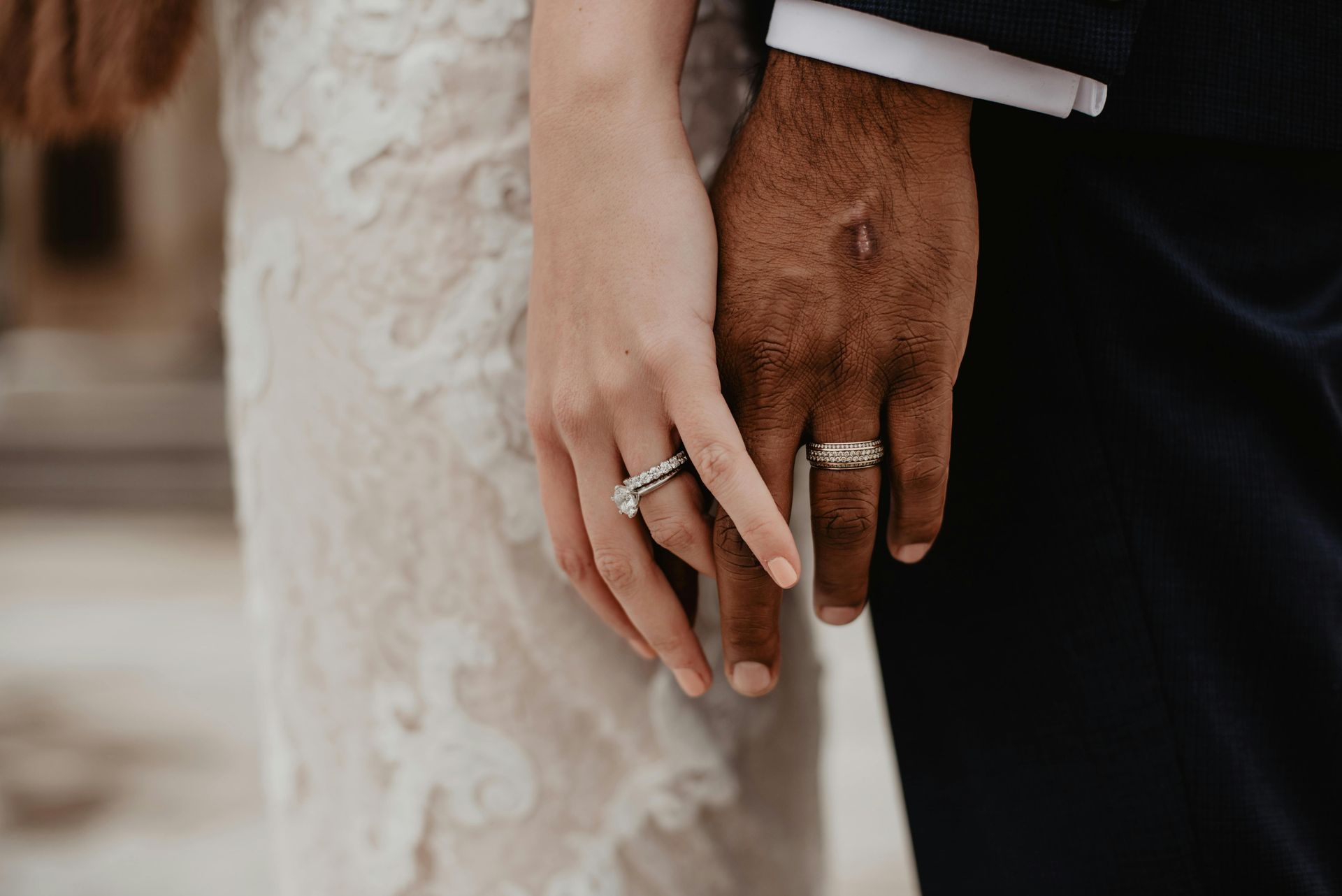Clarity, Respect & Resolution — Start Here.
Divorce and separation are deeply personal and the unknown can be daunting. We help you move through this challenging process with informed so you can make the right decisions for you and your family. Through divorce mediation, collaborative divorce, uncontested divorce, separation agreements and support-focused services, we provide practical legal guidance with a personal approach.
We offer solutions that focus on communication, resolution, and respect. Whether you're just starting to consider a separation or divorce or need help finalizing an uncontested divorce, we’re here to guide you through every step.
Practice Areas
Our Legal Services
Divorce Mediation
Divorce doesn’t have to mean courtroom battles. Mediation offers a respectful, private way to work through separation, parenting plans, spousal maintenance in New York, and property division—with professional support every step of the way. We help you focus on what matters most: resolution, not conflict.
Uncontested Divorce
If you and your spouse are in agreement about how to separate, an uncontested divorce is often the most efficient path forward. We guide you through the legal requirements, file paperwork, and help ensure the process stays smooth, affordable, and low-stress.
Legal Separation
Not ready for divorce? Legal separation in New York State can provide structure, clarity, and protection—while you and your spouse live apart or even remain under the same roof. We’ll walk you through what constitutes legal separation in NY, how it compares to divorce, and whether it makes sense for your situation.

Michelle S. Bullock, Esq
Lawyer & Mediator
A Collaborative, Comfortable Approach
With 20+ years of experience in family law and mediation, we focus on reducing tension and creating agreement—without the courtroom battles. You won’t be pushed into a one-size-fits-all solution. Instead, we listen first and guide you toward what makes sense for you and your family.
We’re known across Williamsville, Amherst, Buffalo, and the surrounding areas as a resource for people who want solutions—not stress.
Blaine Ballesteros




